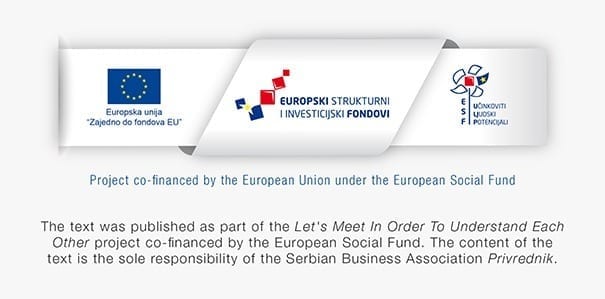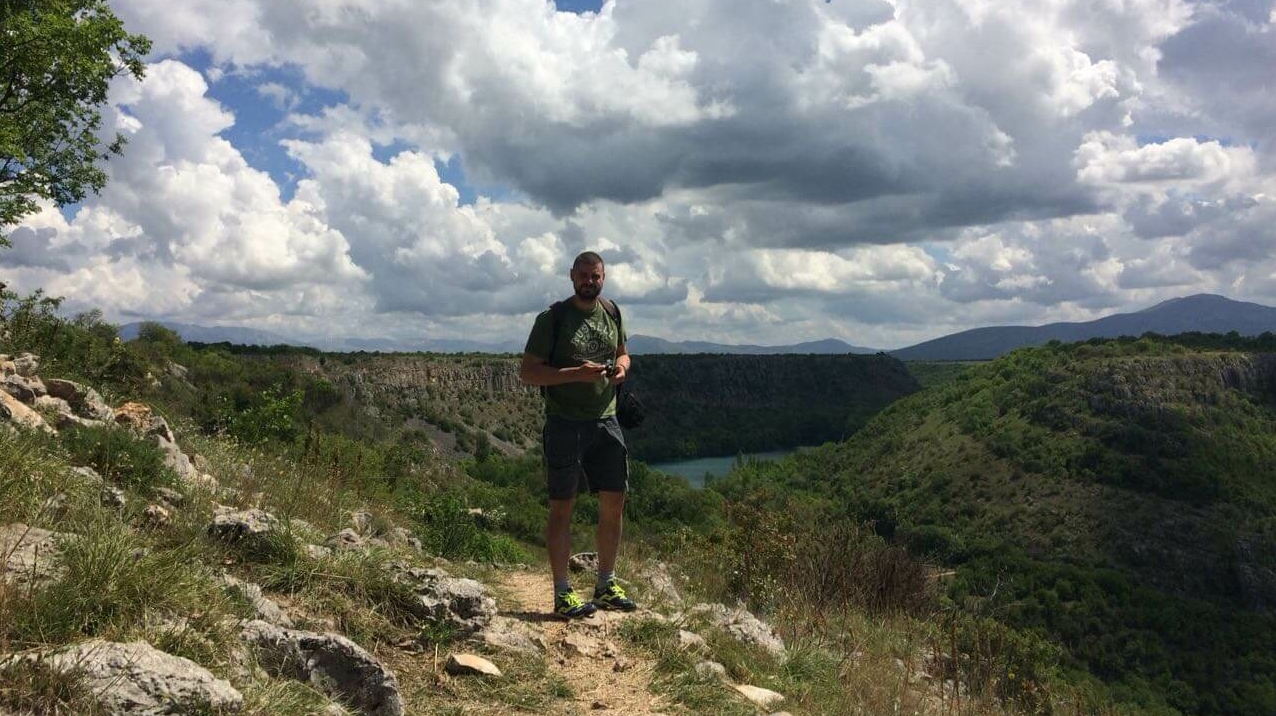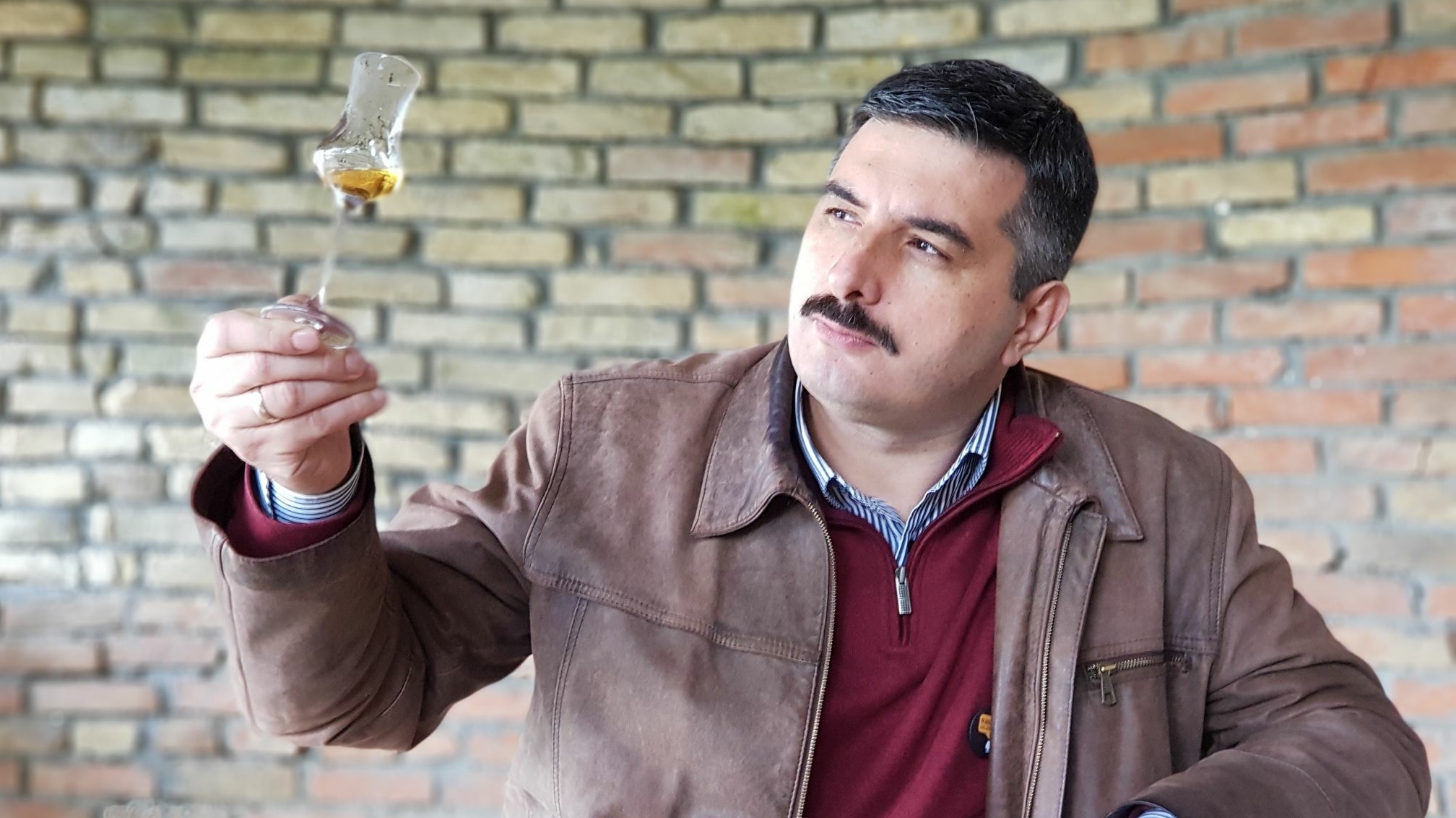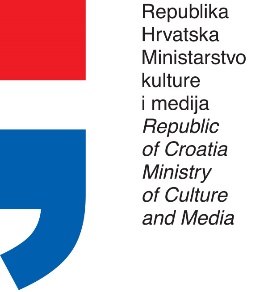The latest research on the migrations and genetic origins of the Balkan peoples, recently presented in Belgrade, unambiguously indicates that the genetic differences between the ethnicities in our region are practically nonexistent.
The lecture titled “Slavic Migrations and the Genomic Origin of the Balkan People,” given on 27 June at the Serbian Academy of Sciences and Arts in Belgrade, presented the findings of this interesting research.
The years-long study of the origins of the inhabitants of the Balkans has shown that about a half of the genome of today’s Serbs is indigenous, at least until the Bronze Age, while the remaining half comes from the Slavs who migrated here in the 7th century. Therefore, when the Slavs migrated to the Balkans, they did not replace the local population. Rather, the indigenous Balkan genome and the genome of the Slavic migrants mixed. Molecular markers suggest that the Slavs could have migrated to the Balkans from the territory of today’s Poland and Ukraine. The study analyzes the genetic structure of the local population on the territory of Serbia in the Bronze Age, the Iron Age, the Roman period, the post-Roman period and the current era. This continuity of analysis made it possible to determine the continuity of the populations in this region and the percentage of DNA from the distant past in today’s modern population. The sites included in the study of the genetic changes of populations were Viminacium, Mediana, Timacum Minus and several other sites in the Balkans. It is the foundation for the analysis of later Slavic migrations, and it enables scientists to determine the genetic structure of the modern Serb population and other Balkan peoples.
The comprehensive study is the result of the cooperation between several universities and institutes. Participants from the University of Belgrade are the Faculty of Biology’s Professor Miodrag Grbić, Professor Željko Tomanović, a corresponding member of the Serbian Academy of Sciences and Arts (SANU), and Professor Dušan Keckarević. Participants from the Institute of Archeology are the research associate Ilija Mikić, PhD, and the scientific advisor Miomir Korać, PhD. The participant from the Harvard Medical School is Professor David Reich; from the University of Barcelona, Carles Lalueza-Fox. In the lecture at SANU, Lalueza-Fox explained in detail how and on which samples the research was done and how DNA isolated from our evolutionary ancestors has led to new scientific discoveries.
No unmixed populations
Professor Miodrag Grbić from the University of Western Ontario, a visiting professor at the University of La Rioja in Spain and the University of Belgrade’s Faculty of Biology, reveals the significance of this research in a conversation with P-portal.
“For the first time in our history, we are using molecular genetics to explore the origins of the peoples in the Balkans. This is one of the first serious studies done with leading teams – Professor Lalueza-Fox from Spain and the laboratory of Professor David Reich from Harvard. The team from the University of Belgrade includes Professor Dušan Keckarević, and a group of archaeologists from Viminacium gave the sample. We were able to see the continuity of the population change in the Balkans. That has never been done before. The subject has always been the modern population without historical context or only small fragments of the past. Here, we observed the continuity – from the Bronze Age, the Iron Age, the Roman Empire, the post-transition and the fall of the Roman Empire to the modern times,” Professor Grbić says.
He also reveals that there are no unmixed populations in that sense; rather, we have different levels of the mixing of the genetics of populations.
“The early history taught to me in high school and still taught today says that we, the South Slavs, came to this area in the 7th century. There were practically no populations here, so a population replacement happened. However, when we study our DNA now, we can see that there was no population replacement. Instead, the existing, old Balkan population mixed with the incoming Slavs. Therefore, 50% of our genome is from that old Balkan population and 50% is from the Slavic population. It is interesting that, when the groups from our former Yugoslav republics are analyzed and compared, they overlap genetically. Therefore, plainly speaking, genetic differences between those groups – between Serbs, Croats, Bosnians and Montenegrins – are practically nonexistent.”
Research continues – further into the past
Miodrag Grbić says that it is also interesting how this research into the genetic material of our ancestors started and how the cooperation between the universities was achieved.
“When we started cooperating with the Belgrade faculty at the level of molecular genetics, we began working on the genetic diversity of the grapevine. Since there are numerous sites with human remains in the Balkans (having in mind Lepenski vir, Starčevo, Vinča and the continuity of the Roman Empire in this region), academician Željko Tomanović and I saw that it would be interesting to do such an analysis of a cross-section of those remains. We got Carles Lalueza-Fox interested; I had worked with his institute in Barcelona before, but on a completely different genomics project. When the Harvard professor came here, the opportunity was there, and we were all ready to do this project together. That is an example of a wonderful cooperation which, of course, continues.”
Professor Grbić says that the sequencing of 12 genomes from Lepenski vir has just been finished in Barcelona, meaning that the research continues further into the past – toward the Neolithic.
“We have agreed to continue our collaboration. We will be analyzing Viminacium – the social structure of the population, the differences between the Romans and our old Balkan population from Viminacium,” Professor Grbić reveals.
A new view of history
“As a molecular biologist and someone who loves history, I believe it is important we have the true history and not an Orwellian misuse and banal politicization of it. It is important we have the real, definite data at the genetic level. Social sciences always give claims that cannot be quantified. With this, genetic data, there can no longer be any ambiguities about who we are. This is a measurable and defined contribution of the exact sciences,” Miodrag Grbić says for P-portal.
He adds that the reactions of the public to this research have so far been very positive.
“People are delighted with the results. Biologically speaking, they could have been expected since there is really no case where a population completely disappeared and was completely replaced by another one. A professor of molecular biology in Zagreb was delighted with the results and said that the research should be given significant media attention as soon as it is published. It is important to bring the science to the people, who are often misinformed by sensationalist texts. We must show real scientific data and let the people make their own conclusions based on it,” Grbić points out.
The study of evolution
Carles Lalueza-Fox had been in Belgrade before, in 2018, when he gave the lecture “The Discovery of the Genomic History of Europe” at SANU. In the lecture, he talked about the latest advances in technology that enable scientist to extract hundreds and even thousands of old genomes. Professor Lalueza-Fox obtained his doctorate in biology from the University of Barcelona in 1995 and continued his education at postdoctoral programs at the University of Cambridge and the University of Oxford, working on paleogenomics. He currently works at the Institute of Evolutionary Biology in Barcelona and is the director of the Museum of Natural Sciences of Barcelona. He has published many papers on paleogenetics in the world’s leading journals (Nature, Science, Nature Review Genetics, PNAS…) and is best known for his work on the Neanderthal genome. Lalueza-Fox was one of the 50 scientists who worked on the study that showed for the first time the presence of Neanderthal DNA in Homo sapiens. This study was published in the journal Science in 2010.
The eminent expert also worked on the sequencing of the European Mesolithic genome at the Institute of Evolutionary Biology in Barcelona in 2014. He has published more than 100 articles in international professional journals, in which he mostly deals with the genetic analysis of human populations in the past in order to reconstruct ancient migrations and the populations’ tendencies and adaptations.
Professor Lalueza-Fox says that the research team at his Paleogenomics Lab focuses on paleogenomics – the study of the structure, function and organization of the genomes of our ancestors.
“We are interested in different evolutionary questions that can be answered using ancient data on the DNA, including human evolution, population dynamics and diversity, adaptive processes and past migrations. We work with ancient modern people and an extinct species of the Hominini, the Neanderthals. Our primary interest is the genomic diversity among the Neanderthals and the individualization of the Neanderthal family group from the El Sidrón site (Asturias, Spain). We also study the evolutionary dynamics and past migrations in European prehistory through the analysis of human genomes from the Mesolithic, Neolithic, Copper and Bronze Age.”
In addition to his research work, Lalueza-Fox has published 11 popular science books, mostly about human evolution, archaeogenetics and modern human diversity, and is currently working on the genomes of prehistoric Europeans.
Earlier findings confirmed
Professor Lalueza-Fox’s recent lecture at SANU attracted a large audience. One of them was Branko Todorović, the secretary of the Society of Serbian Genealogists Poreklo and the editor of the website poreklo.rs. Talking to P-portal, Todorović emphasized that it’s important such a lecture took place in Belgrade.
“Genetic genealogy is a young discipline. The first to do research in this field in Serbia was the Institute of Ethnography. Together with them, we launched the Serbian DNA Project – the first of its kind – which we have been working on for the last 10 years. The project is based on collecting and analyzing Y-DNA results, obtained through individual testing or scientific research. The Serbian DNA Project is carried out in cooperation with the Faculty of Biology of the University of Belgrade.”
Branko Todorović explains that everything that has been unofficially learned and guessed in the last six or seven years is now verified. The genetic genealogy obtained through the analysis of the results of the tests of living individuals was presented.
“There are no revolutionary discoveries. Genetics has confirmed some earlier findings. What will be interesting is the future exploration of the necropolises of the Illyrians, Thracians and Dacians. We have results that correspond to the results of these old Balkan populations. The results in question are Y-DNA results.”
Translation from Croatian: Jelena Šimpraga









